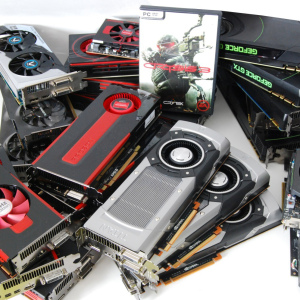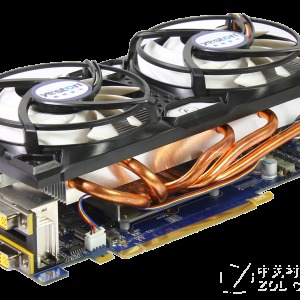Initially, the amount of memory in the video card is different for everyone, it can range from a value of 1 GB on laptops and middle -level computers, up to 8 and 16 GB on powerful stationary computers. You can check your video memory at any time if you have forgotten it. You can also control how applications, programs and games use the memory of the video card, checking its free importance during operation at the computer. Three methods are available to you: the value of video memory in the system settings, via DirectX, a discrete video card control panel. Of course, you can install a special CPU-Z or CPU Control utility, but it has already been mentioned in separate article. Follow the link if you need every second memory control.
How to find out the volume of integrated video memory in DirectX
Many computers have two video adapters: integrated and discrete. Therefore, the volume of video memory also exists in two values: on one and on the second adapter. The built -in video card, as a rule, is called your processor. For example, if an Intel processor is in a laptop or computer, then an integrated video card will be Intel.
Discrete cards are manufactured by NVIDIA and AMD manufacturers.
To get started, try to find out the volume of your integrated video memory. Pick up on the keyboard a combination of Win + R or Win + K on Russian layout.

A small search window will appear in the middle of the screen. To quickly move on to the desired section of DirectX, just enter the request:
- dxdiag.exe

Now you will see all the main parameters of your system. You need a video adapter parameters, so click on the “screen” tab.

- Pay attention to the left side of the tab. It is here that you will find the values \u200b\u200bof video memory for an integrated adapter.
- In this case, this total value is 3745 MB.

How to find out the volume of integrated video memory through the system settings
Now you know the complete general value of the memory of your built -in video card, however, programs and games can not use this volume, since some part of it is constantly used. To find out not the actual value, but really used, you need to go to the computer control panel.
- Press the start and select the “control panel” line.

- Put the sorting mode in the upper right corner of the “category”.
- Go to the section “Design and personalization”.

- Here all the properties of the system personalization are available to you. You need a “screen” subsection.

- In the window that appears, pay attention to the menu on the left. Click on the link “Setting the screen parameters”.

- Now go to the “additional parameters” section, which is located on the right.

You got to the desired window. Here you need to go to the Adapter tab.
Look at several lower lines, where the memory values \u200b\u200bare indicated.
- In the column “Available to graphic memory” you see a value that can be used for the needs of programs and games.
- “Video memory is used” displays how much memory is busy at the moment.
Graphic video memory is similar to the operational: it can be used by applications and immediately free when you close them.

How to find out the volume of discrete video memory
In addition to an integrated video card, most users have a discrete one, which is more powerful.
- Open the tray of your computer and find the video card icon. For users with a NVIDIA video card is a green icon with a logo. Click on it with the right mouse button and select the line “Open the NVIDIA control panel”.
- If you have not found your video card control panel in the TEA, then try the search in the start.

- Click on the “Help” section on the toolbar.

- From the drop -down list, select the “System Information” line.

In this window, in the “display” tab, you have access to video memory for a discrete video card.
- The main parameter is a “highlighted video memory”. You can use it.
- “Available graphic memory” indicates the entire amount of the adapter memory.































